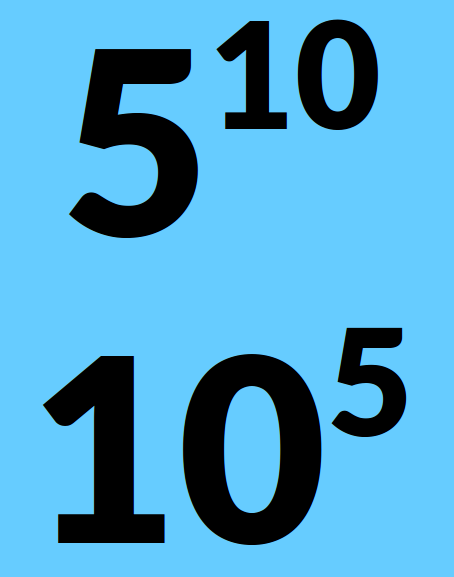
There is an episode of The Simpsons* when, frustrated with her teacher’s reliance on the answer book, Lisa steals all of the “Teacher’s Editions”, denying staff access to the answers and, soon, chaos, confusion and panic reigns in the staff room. Of course, we teachers can get by without the mark scheme, but, for expediency of course, it is often easiest to turn to the answers at the back of the book.
Perhaps we shouldn’t be so swift to reach for the answers. For one, particularly with the harder A level questions, it is often better to do the question yourself, so you can more easily pick out the where and whys of student errors.
And, more importantly, it should be – and is – fun to do some maths from time to time.
And so it was, recently, that I had my own Mrs Krabapple moment, not because my answers had been nicked, but because one of my students asked a great question, for which I didn’t (immediately) have the answer.
I was working with my Year 10 (14 & 15 yr olds) class, doing some work on indices and powers. One student asked:
Which is bigger: five to the power ten, or ten to the power 5?
Although I had my suspicions, I didn’t have an instant answer, but I did immediately recognise this as a great question.
My second reaction was to stop any student reaching for a calculator – too easy to get a quick answer which would actually tell us – teach us – nothing.
So I did what any seasoned pro would do in such a situation – I threw the question back to my students.
“I don’t know” replied one girl. “But I know they can’t be the same – one will be odd and one will be even.”
This was a great answer, and we continued to explore the question some more.
We thought about how we could re-write the question, coming up with:
510 = 5x5x5x5x5x5x5x5x5x5
105 = 10x10x10x10x10
and then we realised that 10 is really just 5 x 2 so:
105 = 5×2 x 5×2 x 5×2 x 5×2 x 5×2
and re-arranging that:
105 = 5x5x5x5x5 x 2x2x2x2x2 but:
510 = 5x5x5x5x5 x 5x5x5x5x5
and writing it like that it quickly became clear to all that:
510 is bigger than 105
And we arrived at that solution without an answer book, a calculator or doing any real calculations.
What we had done was show that maths is not just knowing Pythagoras and perimeters, but that maths is a way of thinking.
A great question, a Mrs Krabapple moment that forced me and my students to think mathematically, possibly the highlight of my teaching term. Perhaps Lisa Simpson was doing us all a service when she hid all those Teacher’s Editions?!
Maths is a way of thinking
*The episode in question was “Separate Vocations”, Series 3, Episode 18 (and yes, I did have to look that up!)